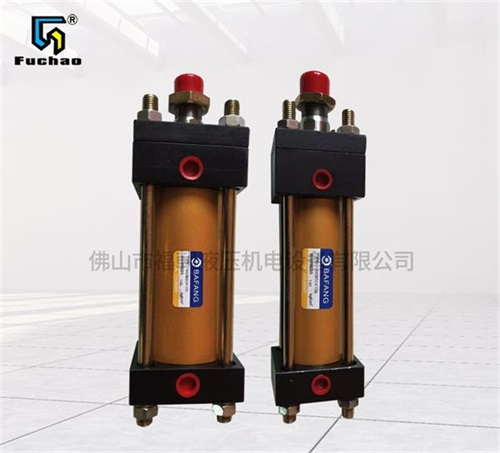Hydraulic cylinder The main performance that the work cannot drive the load is that the piston rod cannot stop, the thrust is insufficient, the speed drops, and the work is unstable. The reasons are as follows:
1. Internal air leakage, including oil leakage caused by cylinder seal, seal between piston rod and seal cover, and excessive wear of piston seal.
Hydraulic cylinder The causes of oil leakage between the lock cover and the seal are: seal fold, extrusion, tear, damage, aging, mildew, deformation, etc. At this time, the seal should be replaced.

The main reason for excessive wear of piston seal is that the governor valve cannot be adjusted correctly, resulting in excessive back pressure, improper seal installation or hydraulic oil pollution. Foreign matters enter during installation, and the quality of sealing materials is poor. It will cause slow movement. In serious cases, the piston and hydraulic cylinder will be damaged, resulting in "cylinder pulling". The solution is to adjust the speed control valve according to the installation requirements and explain the operation and improvement requirements.
2. Hydraulic circuit leakage, including valve and hydraulic pipeline leakage. The maintenance method is to check and solve the oil leakage problem of the hydraulic connecting pipe by operating the reversing valve. After the pump body is started, observe. Start with the start stop method and repeat several times to raise the oil temperature. Hydraulic cylinder equipment After flexible operation, it will enter normal operation again.
3. The hydraulic oil is diverted back to the oil tank through the relief valve. If the overflow valve enters and dirt sticks to the valve core, the overflow valve will open normally, and the hydraulic oil will directly return to the oil tank through the bypass of the overflow valve, resulting in no oil entering the hydraulic cylinder. When the load is too large, although the regulating pressure of the relief valve has reached a large rated value, the cylinder cannot obtain the thrust required for continuous movement and cannot continue to move. If the regulating pressure is low and the required thrust cannot be reached due to insufficient pressure, the thrust is insufficient. At this time, the safety valve should be checked and adjusted.



